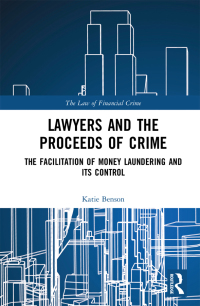Answered step by step
Verified Expert Solution
Question
1 Approved Answer
can you answer to all these questions and explain how to do the questions 2 and 5, please thanks Prove your mastery! Your results will
can you answer to all these questions and explain how to do the questions 2 and 5, please thanks 





Prove your mastery! Your results will report to the gradebook. If you are not ready to submit work for a grade, you can try activities again or attempt the Practice Mastery. Your work will be saved as you work through each part. M Drag the account types to form the expanded accounting equation. Begin the equity section with Contributed Capital + Retained Earnings. Then, identify whether the item increases, or decreases,' equity. Dividends Revenues Expenses Unearned Revenues Accounts Receivable Accounts Payable Cash Liabilities Common stock Assets Enter the missing value to balance the equation. 46000 = 40,000 + 25,000 - 34.000 + 38,000 - 23,000 39,000 = + 25,000 18,000 + 30,000 - 14.000 30,000 = 19,000 + - 14,000 + 3,000 12.000 3 Identify the part of the expanded accounting equation for each account title. Common Stock Land Common Stock Utilities Expense 3 Identify the part of the expanded accounting equation for each account title. Land Common Stock Common Stock Dividends Utilities Expense Expense Revenue Notes Payable Service Revenue Revenue 4 Build a T-account for each account title. Label the DR (debit), CR (credit), NB (normal balance), and "+" or". US BE RI Type here to search Build a T-account for each account title. Label the DR (debit), CR (credit). NB (normal balance), and "+" or "- emove Debit C Normal Balance Prepaid Rent Common Stock Olvidends Credit Debit Credit Debile Utilities Payable Service Revenue Repairs and Maintenance Expense Debit Credit | 3 36" O IT ce Type here to search 5 Using the expanded accounting equation, calculate and enter the answers for each question. You will need to use the answers you calculate for beginning and ending equity to answer the rest of the questions. Assets Beginning of Year 1000 S1000 End of Year $54,000 25.000 2) What is the equity at the end of the year 1) What is the equity at the beginning of the year? Ending Equity Beginning Equity 4) If net income is $2,800 and dividends are 59.200 how much is common stock 3) If the company issues common stock of $8,400 and pay dividends of $43,700, how much is net income (loss)? Common Stock Net Income (1.055) 6) If the company issues common stock of 543,200 and pay 36 a 5) If the company issues common stock of $19,500 and net income is how much le dividende ind of Year 2) What is the equity at the end of the year? 1) What is the equity at the beginning of the year? Beginning Equity Ending Equity 3) If the company issues common stock of $8,400 and pay dividends of $43,700, how much is net income (loss)? 4) If net income is $2.800 and dividends are 19,200, how much is common stock? Common Stock Net Income (Loss) 6) If the company issues common stock of 543,200 and pay dividends of $2.000, how much is net income (3) 5) If the company issues common stock of $19,500 and net income is $15.900, how much is dividends? Net Income (Loss) Dividends SUBMIT FOR GRADE CS 85 Ad ** B o Type here to search 





Step by Step Solution
There are 3 Steps involved in it
Step: 1

Get Instant Access to Expert-Tailored Solutions
See step-by-step solutions with expert insights and AI powered tools for academic success
Step: 2

Step: 3

Ace Your Homework with AI
Get the answers you need in no time with our AI-driven, step-by-step assistance
Get Started


